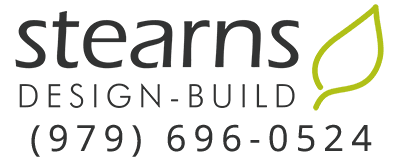Defining Green Products
As more and more green products develop, it becomes harder to compare them and choose between them. What does it even mean when a product is “green”? And what qualities should you look for when selecting products for your home? The following are some green product criteria that we felt would help clarify what really makes a product green.





